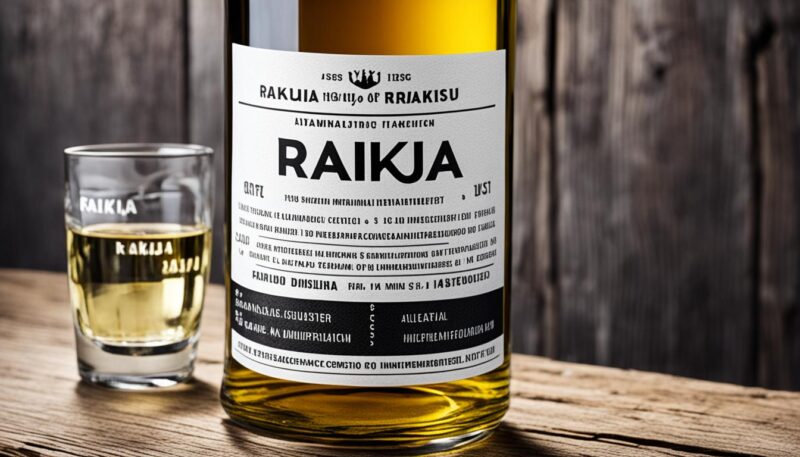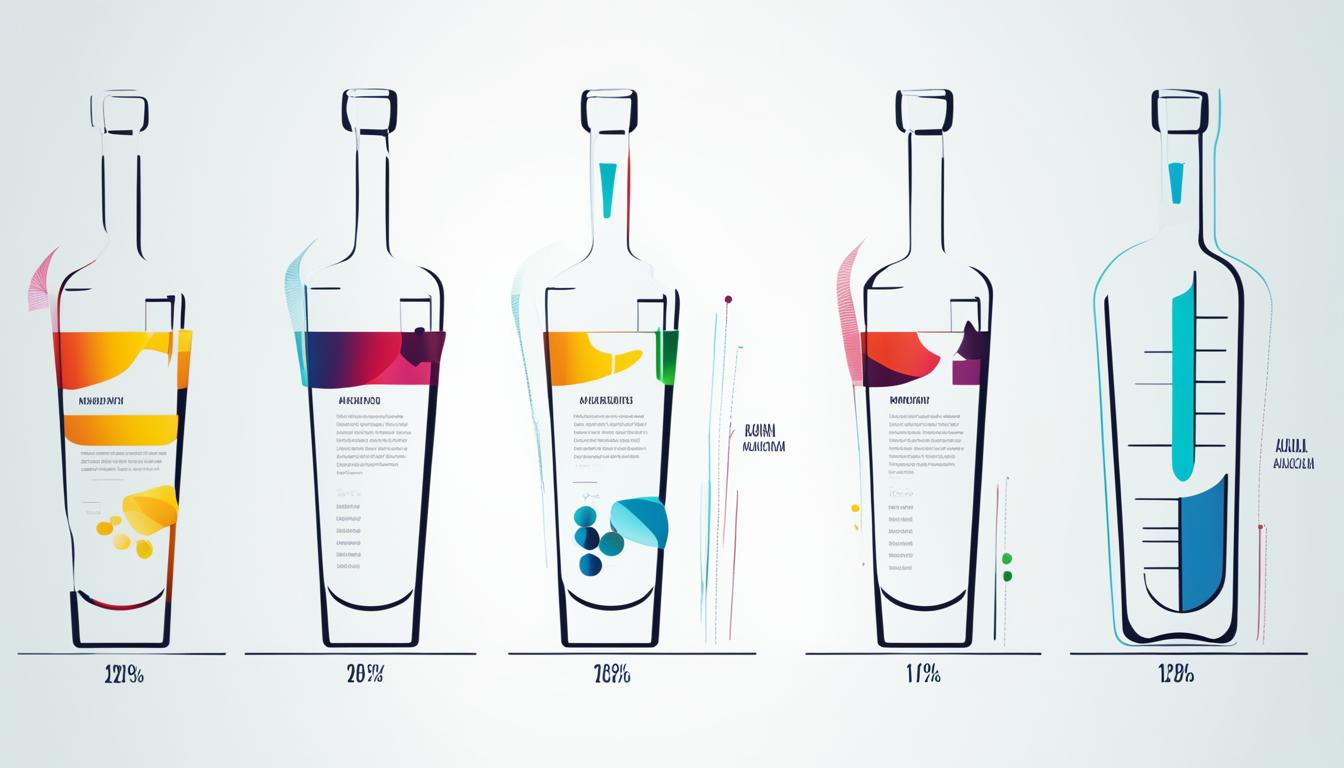Rakija, a beloved traditional fruit brandy from Serbia, sparks curiosity about its alcohol content due to its diverse distillation practices and fruit bases. Understanding the alcohol percentage in rakija is crucial for maintaining its flavor and strength. This article delves into common alcohol levels in rakija and their significant impact on the overall drinking experience.
Key Takeaways
- Rakija is a traditional Serbian spirit with varying alcohol content.
- Fermentation and distillation significantly affect rakija’s strength.
- Common rakija alcohol levels range around 40% to 50% ABV.
- Fruit type and distillation techniques influence the final percentage.
- Proper dilution ensures the desired balance of flavor and strength.
In this article, we will explore how factors like fermentation and distillation influence rakija’s alcohol content, common percentages found in this spirit, and how to achieve the perfect balance between its strength and flavor. Whether you’re a producer or an enthusiast, this guide will enhance your understanding of maintaining the authenticity and quality of homemade rakija.
Understanding Rakija and Its Alcohol Content
Rakija is a traditional Serbian alcoholic beverage crafted from fermented fruits. The fermentacija, or fermentation process, is crucial in determining the kvaliteta, or quality, of the final product. This process involves converting the sugars present in the fruit into alcohol, influencing both the flavor profile and the alcohol content.
The Fermentation Process
The fermenting rakija begins with selecting ripe fruits such as apples, plums, or grapes. For instance, Rose Delish, Idared, and Melrose apples are popular choices in making jabukovaca, an exquisite apple brandy. Proper fruit preparation, like halving instead of fine milling, can greatly impact the final taste and avoid potential burning during distillation. This ensures that the natural flavors and juices are preserved, leading to a more refined degustacija experience.
The svire process, which includes careful temperature control and monitoring of sugar levels, is essential. The uobičajene vrednosti, or typical values of sugar content, must be maintained to achieve the desired procentualni alkohol.
Common Alcohol Percentages in Rakija
Rakija typically boasts an alcohol content ranging between 40% to 50% ABV (alcohol by volume), though this can vary depending on personal preferences and the fruit used. Home distillers often adjust the ratios to achieve the perfect balance between flavor and strength, a practice referred to as balancing strength.
Here is a comparison of alcohol content in different types of rakija:
| Type of Rakija | Typical Alcohol Percentage (ABV) |
|---|---|
| Plum (Šljivovica) | 40% – 45% |
| Apple (Jabukovača) | 40% – 47% |
| Grape (Lozovača) | 45% – 50% |
The key to pravljenje rakije, or making rakija, lies in understanding how to manage each step of the process from fermentation to sazrevanje, ensuring a product that not only aligns with traditional methods but also caters to modern tastes.
Koliko Posto Alkohola Ima Rakija?
Factors such as the fruit used, fermentation time, and dilution techniques all play a significant role in determining the procent alkohola in rakija. Understanding these influences is crucial for maintaining the proper kontrola kvaliteta.
Influences on Alcohol Content
During the destilacija rakije, the initial alcohol content can be quite high. To achieve a more drinkable level, precise dilution with distilled or demineralized water is necessary. Pay close attention to the water quality for effective grade control, as hardness can cause haziness. Thus, different distillers attribute varying qualities of rakija to the type of water used in dilution.

Moreover, the uticaj alkohola extends to the type of fruit, with some fruits naturally producing higher alcohol contents. The fermentation duration also impacts the final alcohol percentage, requiring a balanced approach for the ideal jačina i ukus rakije.
Balancing Flavor and Strength
Achieving the right harmony in rakija involves an artistic balance between flavor and strength. Distillers often incorporate sugar, maturity in oak barrels, and careful preparation techniques to enhance the aroma rakije. Avoiding the over-grinding of fruit, particularly to prevent the release of toxic cyanides from seeds, is vital for maintaining quality.
For a well-rounded harmonija okusa, new oak barrels significantly improve both color and taste. Personal anecdotes from the Balkan distilling community highlight the importance of attention to detail and the art of balancing rakija flavor. Cutting fruit into pieces and potentially sweetening it before fermentation ensures a desirable flavor profile.
Conclusion
In conclusion, understanding the alcohol content in rakija is essential for appreciating its unique characteristics. The fine balance between flavor and strength represents the culmination of generations of expertise and devotion. The fermentation process, along with careful distillation techniques, plays a crucial role in determining the precise alcohol percentages. This balance not only enhances the rakija’s taste but also reflects the quality and craftsmanship synonymous with this traditional Serbian spirit.
Whether you’re new to this cherished beverage or a seasoned enthusiast, recognizing the importance of alcohol content can greatly elevate your experience. When seeking to enjoy a quality homemade rakija, it’s vital to consider not just the strength, but also how it harmonizes with the overall flavor profile. Saveti za piće rakije often emphasize the importance of moderation and appreciation for the distiller’s art which brings out the nuanced flavors that make each batch unique.
In the broader scope of producing kvalitetna domaća rakija, patience and precision are foundational. The collective knowledge and respect for tradition within the distilling community are testaments to the cultural heritage and pride associated with rakija. Ultimately, zaključak o procentu alkohola highlights that whether you adhere to time-honored methods or innovate with new techniques, the pursuit of balance and quality is key to crafting the perfect glass of rakija.
Source Links
- https://www.tehnologijahrane.com/enciklopedija/tehnologija-proizvodnje-vina
- http://www.sveovinu.com/index.php?action=printpage;topic=407.0
- http://www.sveovinu.com/index.php?action=printpage;topic=72.0
